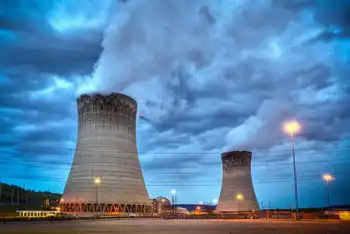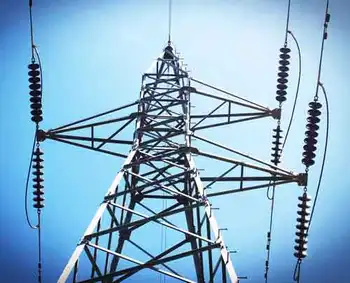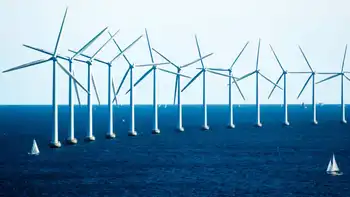What is the true cost of power?
By Wall Street Journal
NFPA 70b Training - Electrical Maintenance
Our customized live online or in‑person group training can be delivered to your staff at your location.

- Live Online
- 12 hours Instructor-led
- Group Training Available
But as the wrangling heats up in Washington, it’s worth remembering that the main reason clean energy is more expensive than dirty old energy is because the electricity game is not played on a level field. Critics of government support for clean energy decry “market manipulation,” when in reality what’s manipulated is the current state of affairs.
A case in point from today’s L.A. Times, on the “promise and peril” of President Obama’s clean-energy push:
“Success hinges on whether Obama can nurture alternative energy sources to the point where they cost no more than fossil fuels, an effort that most experts say will require heavy doses of brainpower, cash and market manipulation…. By the end of this year, the Energy Department’s spending on 35 years of clean-energy research will exceed the total inflation-adjusted cost of the Apollo program, which sent Americans to the moon, and the Manhattan Project, which developed the nuclear bomb — an estimated $117 billion combined…. That research, economists say, has made wind, solar and other alternative sources of energy cheaper. But fossil fuels remain cheaper yet.”
Simply put, fossil fuels remain cheaper because not all their costs are tallied — and that means pollution. Traditional power plants spew particulates into the air as well as carbon dioxide, but historically the cost of that pollution was not included in the pricetag for, say, operating a coal-fired plant.
When those costs are included, dirty old coal suddenly gets a lot more expensive. Even the most modern coal plants, fitted with all kinds of gizmos to scrub the air of dirty emissions, still cost more. In comparison, zero-emissions energy like wind power and solar power donÂ’t carry any significant hidden costs.
European researchers who have spent years exploring those so-called external costs figure regular old coal plants actually cost an additional 9-17 cents per kilowatt hour (7-13 European cents) — that’s an extra two or three times the average cost of electricity in the U.S. Even the cleanest of coal plants still costs an extra 2 cents per kilowatt hour.
And that, coincidentally, is the amount of subsidy support that wind power gets from the federal government to help close the cost gap. “When the external cost resulting from local and global impacts are included, the electric power system changes become more radical,” the European researchers concluded.
Bridging that cost gap is the whole thinking behind a cap-and-trade scheme that would put a pricetag on carbon emissions, which would make a whole suite of energy alternatives — from nuclear power to “clean coal” — cost competitive, depending on just how pricey carbon emissions really are.
And that is another reason that the quickest — if not the politically easiest — path to boosting clean energy will come through a national cap-and-trade scheme, rather than ramped-up federal “brainpower” or another Manhattan project.











